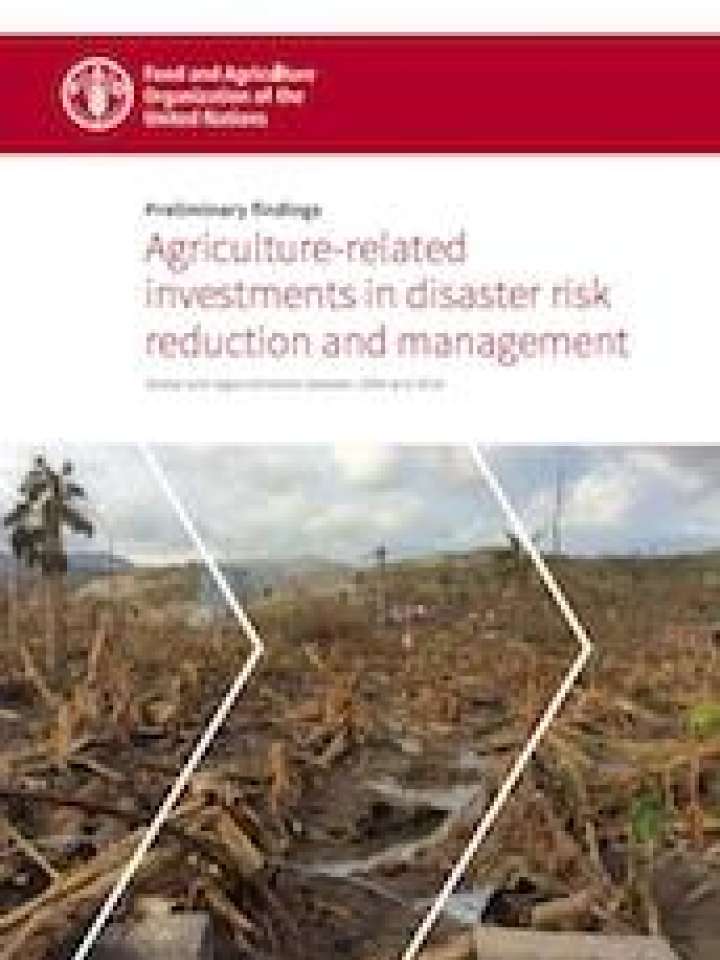Agriculture-related investments in disaster risk reduction and management: Global and regional trends between 2004 and 2016
This study addresses a critical knowledge gap and is a fundamental contribution to inform future planning and priority setting for agriculture-related resource allocations in/across pre-, during and post-emergency contexts. The assessment results can provide strong advocacy for increasing investment to prevention and preparedness measures in agriculture. The regional level results can guide the identification of investment patterns and improve planning for DRR/DRM in agriculture.
Highlights in this study include:
- Disaster prevention and preparedness measures are key to the sustainability of agricultural livelihoods, and can reduce the need for emergency response significantly. Nevertheless, this analysis shows that disaster risk reduction and disaster risk management in agriculture focus mainly on emergency response rather than preventive actions.
- Between 2004 and 2016, the total official development assistance (ODA) to developing countries and countries in transition amounted to USD 1.63 trillion, invested in different categories and sectors. Only 3 percent of the total ODA was directed to agriculture-related measures within DRR/DRM.
- The analysis of investment trends for DRR/DRM indicates a long-term increase in ODA to prevention and preparedness (including flood prevention and control), across various sectors. However, this trend is not reflected in agriculture-related allocations, demonstrating a need to increase ODA allocations that concern prevention and preparedness measures in the agriculture sector.
- Of the total agriculture-related ODA for DRR/DRM categories, 92 percent were allocated to emergency response, while 7 percent were allocated to prevention and preparedness (including flood prevention and control), and 1 percent to agriculture-related relief, recovery and rehabilitation measures.
- The observed trend is that agriculture-related prevention and preparedness (including flood prevention and control) allocations peaked during or after disaster events, which might indicate that investments are done reactively, triggered by a large-scale disaster, rather than in an anticipatory way.
Moreover, the methodological approach can be further expanded to find a statistically sound presence or absence of relationships between ODA data and other DRR/DRM global datasets, as well as to further explore investments disaggregated by agriculture sub-sectors and hazard-specific sub-categories.
Explore further
